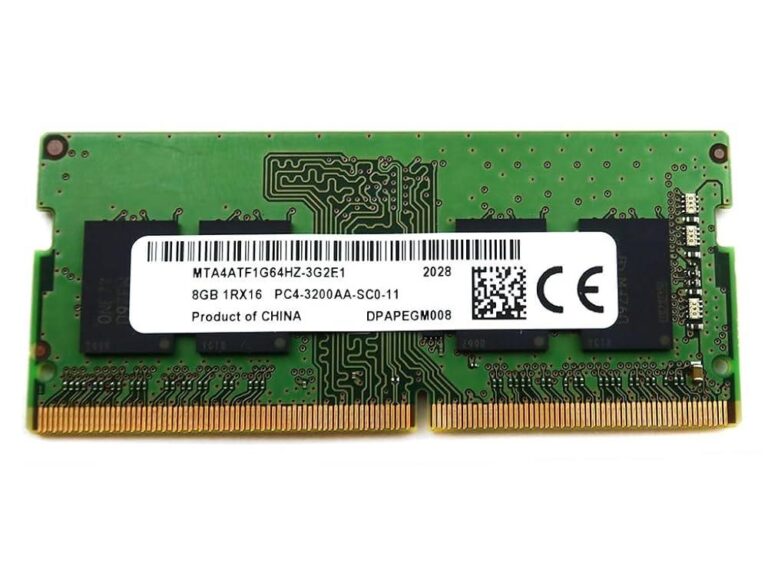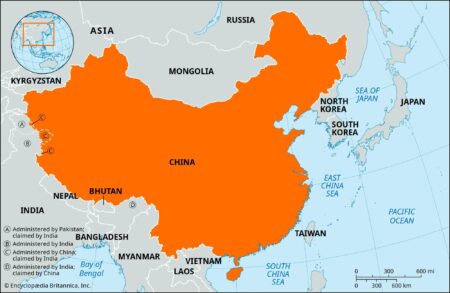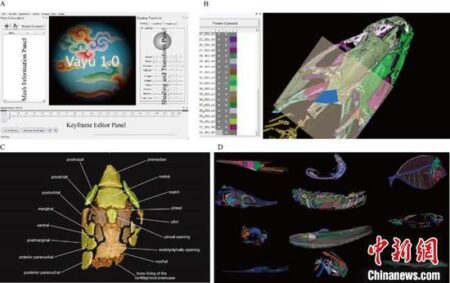Semiconductor giant Micron Technology is set to exit its server memory chip business in China following a U.S. government ban, according to sources familiar with the matter. The move underscores mounting tensions between Washington and Beijing in the high-tech sector, as American restrictions tighten control over advanced technology exports to China. This development, reported by the South China Morning Post, signals a significant shift in the global semiconductor landscape, with potential ramifications for the world’s second-largest economy and the broader supply chain.
Micron Signals Exit from China’s Server Memory Chip Market Amid Geopolitical Tensions
Micron Technology is reportedly winding down its operations in China’s server memory chip market following a series of new restrictions imposed by the U.S. government. The move highlights escalating geopolitical tensions and growing concerns over technology transfer and national security. The company’s decision to exit this segment reflects mounting regulatory pressure and a challenging operational environment in one of the world’s largest consumer markets for semiconductor products.
Key factors influencing Micron’s exit include:
- US-imposed export controls limiting sales of advanced memory chips to Chinese firms.
- Intensified global competition and supply chain uncertainties.
- Rising geopolitical friction affecting cross-border technology collaborations.
| Impact Area | Details |
|---|---|
| Market Share | Projected drop of 15% in China server memory sales |
| Supply Chain | Enhanced scrutiny on semiconductor shipments |
| Strategic Shift | Focus redirected to non-China markets and R&D |
Impact on Global Semiconductor Supply Chains and Regional Technology Ecosystems
Micron’s withdrawal from the Chinese server memory chip market marks a significant turning point for the global semiconductor supply chain. As one of the leading suppliers, Micron’s exit could disrupt established manufacturing and distribution networks, forcing OEMs and cloud service providers to scramble for alternative sources. This realignment is likely to accelerate diversification strategies, as companies seek to mitigate risks associated with geopolitical tensions and regulatory uncertainties.
At a regional level, the departure is poised to reshape technology ecosystems across Asia. China’s ambition to build a self-sufficient semiconductor industry will face both challenges and opportunities. While local players may gain market share in the short term, the lack of access to Micron’s cutting-edge memory technology could slow innovation and affect product competitiveness. Key trends emerging include:
- Increased government subsidies to foster domestic chip manufacturers
- Heightened investment in R&D to close the technology gap
- Expansion of regional alliances to support supply chain resilience
| Region | Immediate Impact | Long-term Outlook |
|---|---|---|
| China | Supply gaps, increased local production efforts | Potential tech sovereignty, slower innovation pace |
| USA | Market share shifts, supplier diversification | Strengthened semiconductor ecosystem |
| Asia-Pacific | Redistribution of supply chains | Enhanced regional collaboration |
Strategic Recommendations for Companies Navigating US-China Tech Trade Restrictions
In light of increasing US-China trade restrictions, companies operating within the semiconductor industry must adopt agile strategies to mitigate risks and maintain market presence. Diversification of supply chains has become paramount to avoid potential disruptions. Firms are advised to invest in alternative manufacturing hubs outside China and consider partnerships in Southeast Asia or other emerging markets. Additionally, leveraging advanced technologies like AI-driven supply chain analytics can enhance resilience by anticipating regulatory shifts and ensuring compliance.
- Expand manufacturing footprint beyond restricted regions
- Enhance transparency in supply chains with real-time monitoring
- Develop proprietary technologies to reduce dependency on restricted imports
- Engage policymakers to stay informed about evolving trade policies
| Strategy | Benefit | Risk Mitigation |
|---|---|---|
| Diversified Manufacturing | Reduced supply chain disruption | Less reliance on China-based production |
| Technology Innovation | Competitive edge | Compliance with export controls |
| Policy Engagement | Proactive adjustments | Avoid penalties and sanctions |
Corporate leadership must also prioritize transparency and stakeholder communication to maintain trust amid uncertainties. Building local customer and government relations can buffer against geopolitical tensions. Moreover, intensifying R&D efforts in next-generation memory technologies offers a pathway to regain competitive market share even as traditional avenues become constrained. Ultimately, adaptability coupled with strategic foresight will be crucial for companies seeking to thrive in this rapidly shifting global tech landscape.
Final Thoughts
As Micron moves to exit the server memory chip market in China amid escalating regulatory challenges, the decision marks a significant shift in the global semiconductor landscape. Industry watchers will closely monitor how this development influences supply chains and the competitive dynamics between U.S. and Chinese technology firms. The full implications for both markets remain to be seen as the situation continues to evolve.




